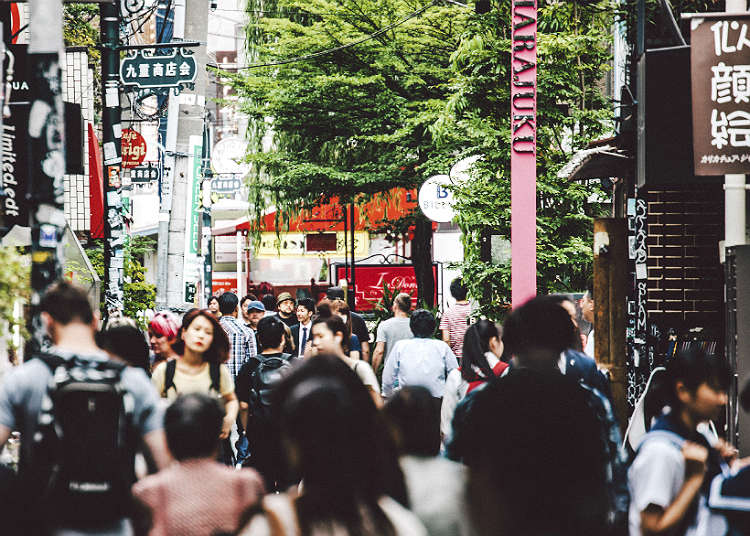
What kind of features do we find in cities in modern Japan? We will introduce charms of modern cities including Tokyo as well as useful tips when you visit.
About Japanese cities

Representative cities in Japan are Tokyo, Osaka, Nagoya, Kobe, Fukuoka and Sapporo. Especially Tokyo, the capital of Japan with over 13,000,000 people is known as one of mega cities in the world. Many people commute from neighbor cities to Tokyo. The center of Kanto region is Tokyo, and that of Kansai region is Osaka. Osaka is the second-largest city by population in Japan and is the center of economy and cultural activities in the western part of Japan. Nagoya located between Tokyo and Osaka is also big and the third-largest city by population.
Streets of Tokyo
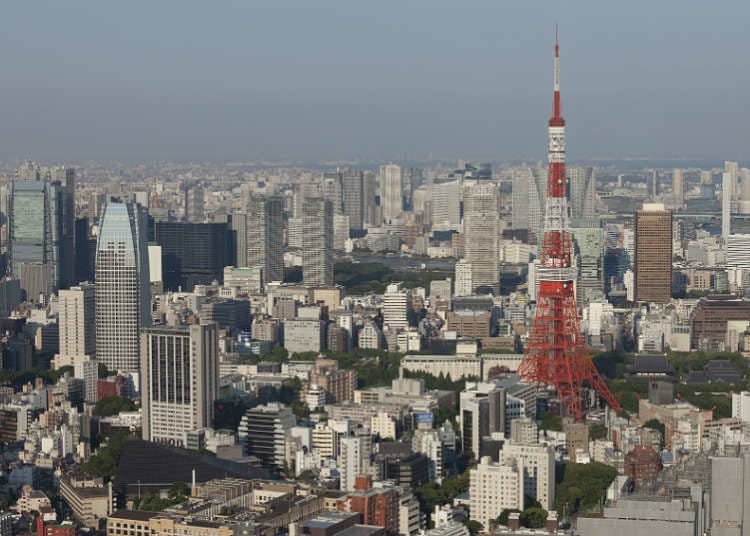
The layout of streets in Tokyo was made based on the streets established in the Edo period (1604-1867). Thus Tokyo is not a grid city. Many streets don't have names. If you walk on irregular and intricate paths or narrow alleyways, use station or department store as a landmark not to lose yourself. You can often find an area map displayed at the exit of station.
Major districts in Tokyo
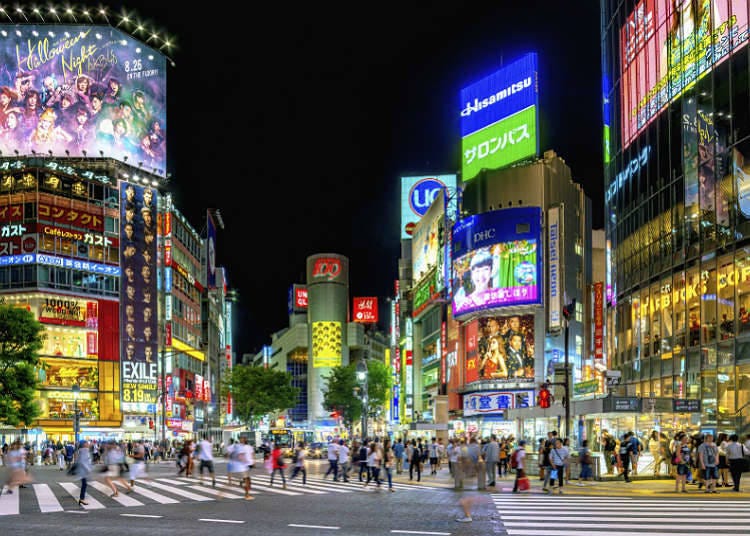
Tokyo has 23 wards in the center. Shinjuku, Shibuya, Ikebukuro, Ueno, Tokyo and Akihabara are larger districts. They are located on the circular railway called Yamanote Line. Station buildings called Ekibiru which are directly connected to stations are commercial facilities with a broad range of retail stores such as department store and restaurant.
Advantages of big cities
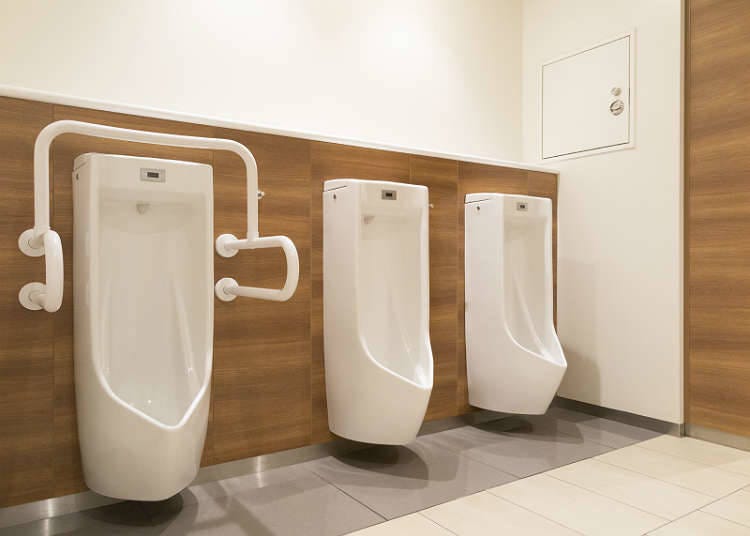
The transportation systems in Japanese big cities are well developed and they make our travel easy. The train and bus services run every few minutes and they are usually on time. There is a wide range of restaurants and retail stores. One of the advantages in urban areas is those stores open until late at night.
Disadvantage of big cities
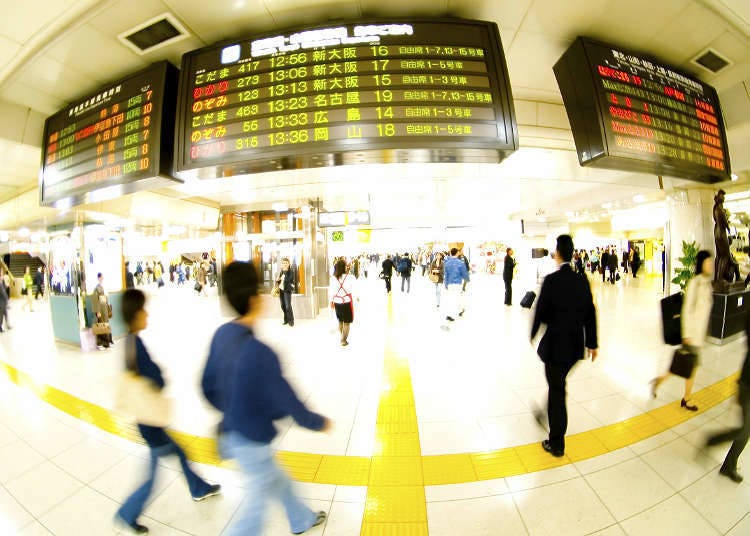
Sightseeing spots and shopping areas in big cities could be very busy during weekend and national holidays. Commuter trains during rush hours in weekday morning are super busy. Many people use trains to commute in big cities in Kanto region and their travel time is rather long. A data says 30% of commuters spend more than one hour for train journey. Rush hour trains tend to be too crowded with passengers. So you have to stand still.
- Category
*Prices and options mentioned are subject to change.
*Unless stated otherwise, all prices include tax.
Recommended places for you
-

ISHIDAYA Hanare
Yakiniku
Kobe, Sannomiya, Kitano
-

Kambei Sannomiyahonten
Yakiniku
Kobe, Sannomiya, Kitano
-

Jukuseiniku-to Namamottsuarera Nikubaru Italian Nikutaria Sannomiya
Izakaya
Kobe, Sannomiya, Kitano
-

Kanzenkoshitsuyakinikutabehodai Gyugyu Paradise Sannomiya
Yakiniku
Kobe, Sannomiya, Kitano
-
Goods
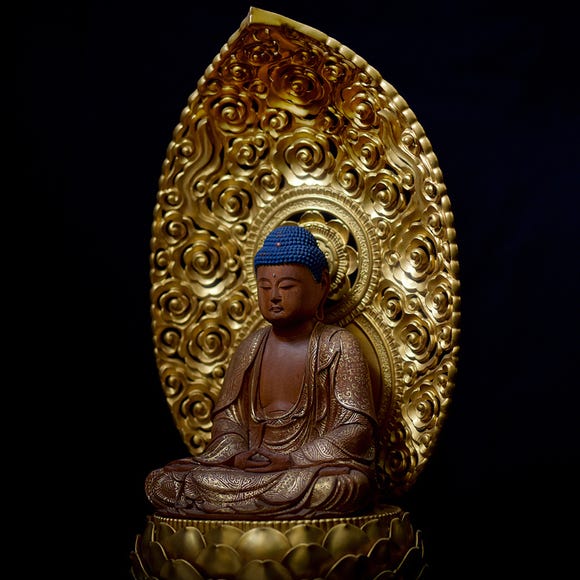
Yoshida Gennojo-Roho Kyoto Buddhist Altars
Gift Shops
Nijo Castle, Kyoto Imperial Palace
-
Appealing

Rukku and Uohei
Izakaya
Sapporo / Chitose
-

'Is It Really Clean If...' 10 Things That Shocked an American Woman About Japan
-

23 Quirky and Fun Things to Do in Akihabara
by: Himanshi Shah
-

Police to ticket cyclists riding on sidewalks, which amounts to almost all cyclists in Japan
-
Ad

Lapoppo Farm, one of Japan's leading makers of sweet potato treats! An in-depth guide to the secrets behind its popularity, including best-selling products and facilities!
-

'They Do What in the Toilet?!' Italians Shocked By These Japanese Beauty Quirks
by: Yuu Sato
-

Japan Summer Sales 2025: Your Ultimate Guide to Shopping Deals In Tokyo, Kansai & More!
-

Autumn in Japan 2025: Fall Foliage Forecast & Where to Enjoy the Colorful Leaves (+Tour Info)
-

'200 Exits?!' - Foreign Visitors Share Tales of Confusion in Tokyo's Shinjuku (and Urban Enchantment)
by: Yuu Sato
-

Spending Wonderful Time Alone in Shibuya - Free Cosmetics and a Hundred-Yen Bus!
-

6 Surprisingly Cheap Things in Japan
-

Complete 1-Day Shibuya Itinerary: Must-do things in Shibuya for first-time visitors
-
Ad

What's 'ZERO ROPPONGI' – And How Is It Making Sightseeing Safer In Roppongi?
- #best sushi japan
- #what to do in odaiba
- #what to bring to japan
- #new years in tokyo
- #best ramen japan
- #what to buy in ameyoko
- #japanese nail trends
- #things to do japan
- #onsen tattoo friendly tokyo
- #daiso
- #best coffee japan
- #best japanese soft drinks
- #best yakiniku japan
- #japanese fashion culture
- #japanese convenience store snacks













